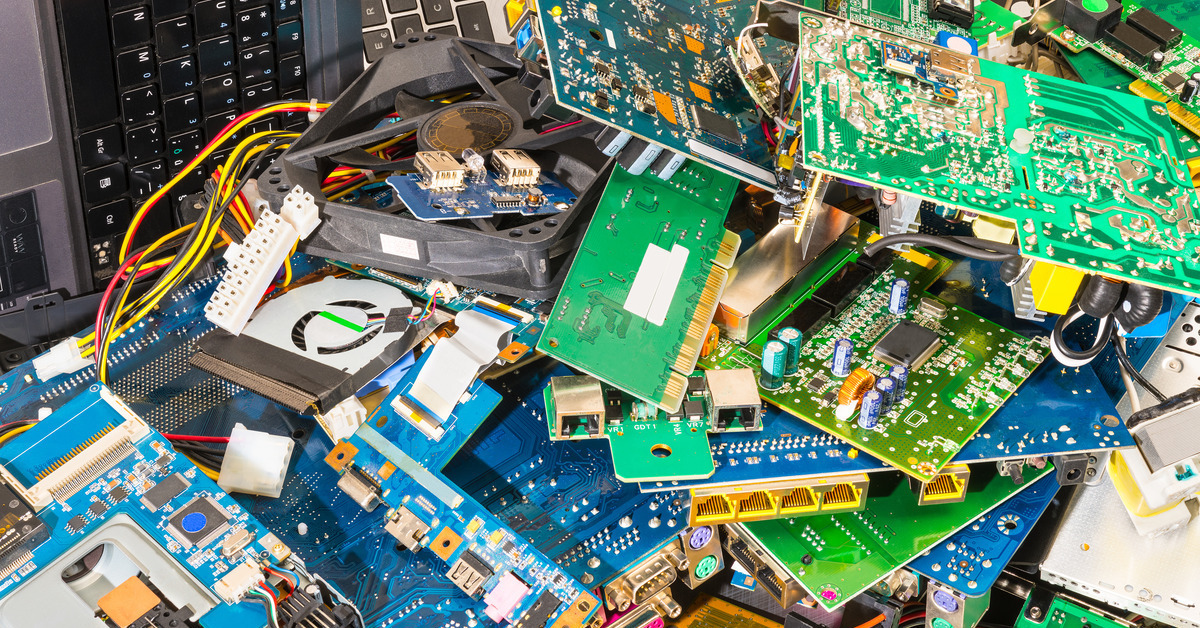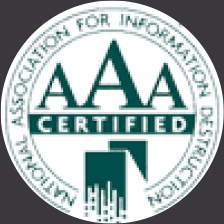
With technology being so ubiquitous in daily life, our gadgets have become almost indispensable. But what happens when they reach the end of their life cycle? Many people simply toss them aside, unaware of the growing environmental impact of doing so.
But what are the three most common categories of e-waste? Here, we’ll explore the problem, its impact on the environment, and what we can do to mitigate the hidden costs of e-waste, offering practical tips to manage the issue responsibly.
1. Household Appliances
Household appliances form a significant portion of e-waste, and their disposal poses unique challenges. This form of e-waste encompasses everyday items such as refrigerators, washing machines, microwaves, and air conditioners. When these appliances are discarded improperly, they can release harmful chemicals like chlorofluorocarbons (CFCs) and lead, which contribute to environmental pollution and ozone layer depletion.
The sheer size and complexity of household appliances make recycling a more intricate process, requiring specialized facilities to break down the various components safely and effectively. By ensuring proper disposal and recycling of household appliances, we can minimize their environmental footprint and reclaim valuable materials such as copper and steel, promoting a more sustainable lifecycle for these essential gadgets.
2. IT and Telecom Equipment
IT and telecom equipment also contribute significantly to the growing problem of e-waste. This category includes items such as computers, smartphones, routers, servers, and telecommunication systems. These devices often contain a variety of hazardous substances, including heavy metals like lead and cadmium and flame retardants that can pose severe health risks when disposed of improperly.
The rapid innovation cycle in the tech industry leads to frequent upgrades and shorter lifespans for these devices, exacerbating the e-waste issue. These materials can be reused in the manufacturing of new devices, reducing the need for mining and conserving natural resources. Specialized e-waste recycling facilities can handle the complex process of breaking down these devices, ensuring that hazardous substances are safely managed and valuable components are efficiently recovered.
3. Consumer Electronics
Consumer electronics are among the most rapidly growing categories of e-waste, driven by the constant demand for new and improved gadgets. This category includes devices such as televisions, gaming consoles, cameras, and audio equipment. These products often contain a mix of valuable metals, plastic, and hazardous substances like mercury, lead, and cadmium that contribute significantly to environmental pollution and pose health risks to humans and wildlife.
Municipal recycling programs and specialized e-waste recycling facilities play a crucial role in managing consumer electronics waste. These programs provide avenues for consumers to dispose of their old electronics safely, ensuring that hazardous substances are handled correctly and valuable materials are reclaimed. Public awareness and education efforts are also essential in encouraging consumers to participate in these recycling programs, fostering a culture of sustainability and responsibility for electronic waste.
Tackling the Growing Threat of E-Waste
E-waste is a growing problem that poses significant environmental and health risks. By understanding the three common categories of e-waste—household appliances, IT and telecom equipment, and consumer electronics—we can take steps to manage this issue more effectively.
Whether you’re a consumer or business leader, e-waste can quickly get out of hand if you don’t deal with it properly. Intellishred’s e-waste computer recycling services make it easy to take care of outdated equipment so that you can stay connected with peace of mind.





